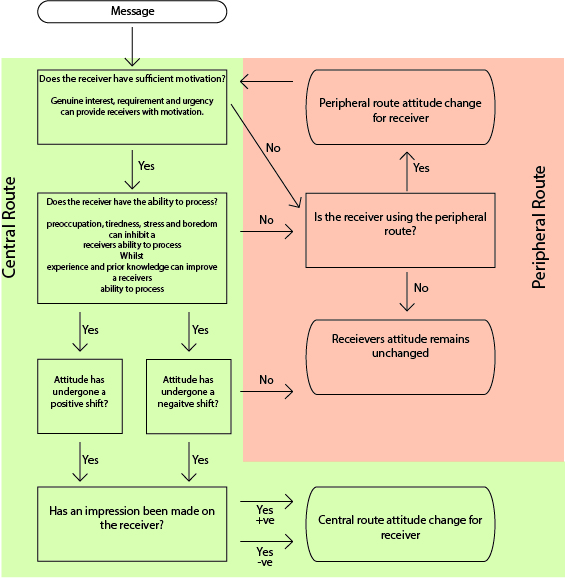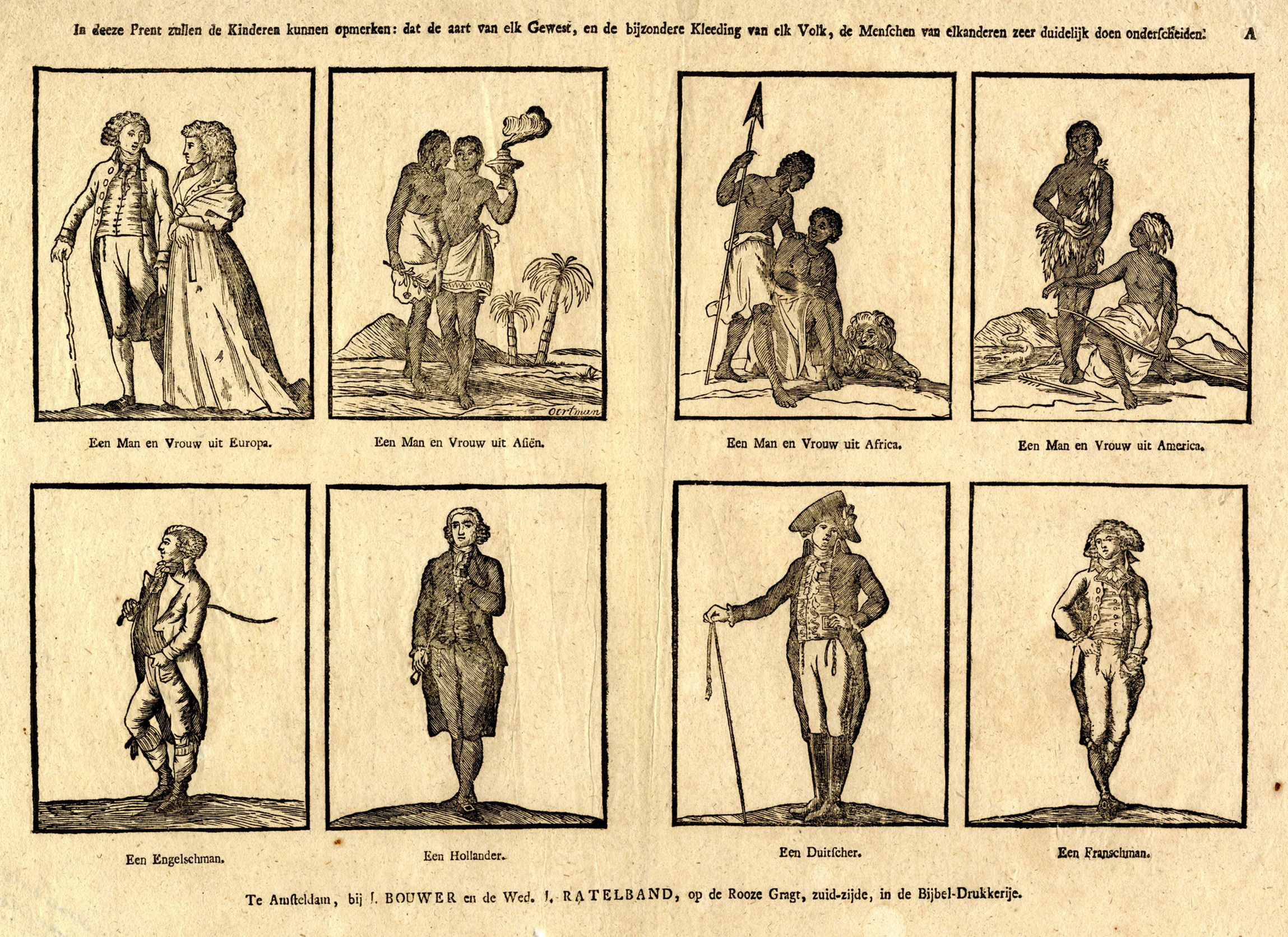|
Construal Level Theory
Construal level theory (CLT) is a theory in social psychology that describes the relation between psychological distance and the extent to which people's thinking (e.g., about objects and events) is Abstraction, abstract or Concrete (philosophy), concrete. The core idea of CLT is that the more distant an object is from the individual, the more abstract it will be thought of, while the closer the object is, the more concretely it will be thought of. In CLT, psychological distance is defined on several dimensions—time, temporal, space, spatial, Social distance, social and hypothetical distance being considered most important, though there is some debate among social psychologists about further dimensions like informational, experiential or affective distance. The theory was developed by the Israeli social psychologists Nira Liberman and the American psychologist Yaacov Trope. An example of construal level effects would be that although planning one's next summer vacation one year ... [...More Info...] [...Related Items...] OR: [Wikipedia] [Google] [Baidu] |
Social Psychology
Social psychology is the methodical study of how thoughts, feelings, and behaviors are influenced by the actual, imagined, or implied presence of others. Although studying many of the same substantive topics as its counterpart in the field of sociology, psychological social psychology places more emphasis on the individual, rather than society; the influence of social structure and culture on individual outcomes, such as personality, behavior, and one's position in social hierarchies. Social psychologists typically explain human behavior as a result of the relationship between mental states and social situations, studying the social conditions under which thoughts, feelings, and behaviors occur, and how these variables influence social interactions. History 19th century In the 19th century, social psychology began to emerge from the larger field of psychology. At the time, many psychologists were concerned with developing concrete explanations for the different aspe ... [...More Info...] [...Related Items...] OR: [Wikipedia] [Google] [Baidu] |
Value (ethics)
In ethics and social sciences, value denotes the degree of importance of some thing or action, with the aim of determining which actions are best to do or what way is best to live (normative ethics), or to describe the significance of different actions. Value systems are proscriptive and prescriptive beliefs; they affect the ethical behavior of a person or are the basis of their intentional activities. Often primary values are strong and secondary values are suitable for changes. What makes an action valuable may in turn depend on the ethical values of the objects it increases, decreases, or alters. An object with "ethic value" may be termed an "ethic or philosophic good" (noun sense). Values can be defined as broad preferences concerning appropriate courses of actions or outcomes. As such, values reflect a person's sense of right and wrong or what "ought" to be. "Equal rights for all", "Excellence deserves admiration", and "People should be treated with respect and dignity" are r ... [...More Info...] [...Related Items...] OR: [Wikipedia] [Google] [Baidu] |
Procrastinate
Procrastination is the act of unnecessarily delaying or postponing something despite knowing that there could be negative consequences for doing so. It is a common human experience involving delays in everyday chores or even putting off tasks such as attending an appointment, submitting a job report or academic assignment, or broaching a stressful issue with a partner. It is often perceived as a negative trait due to its hindering effect on one's productivity, associated with depression, low self-esteem, guilt, and feelings of inadequacy. However, it can also be considered a wise response to certain demands that could present risky or negative outcomes or require waiting for new information to arrive. From a cultural and social perspective, students from both Western and Non-Western cultures are found to exhibit academic procrastination, but for different reasons. Students from Western cultures tend to procrastinate in order to avoid doing worse than they have done before or faili ... [...More Info...] [...Related Items...] OR: [Wikipedia] [Google] [Baidu] |
Decision Making
In psychology, decision-making (also spelled decision making and decisionmaking) is regarded as the cognitive process resulting in the selection of a belief or a course of action among several possible alternative options. It could be either rational or irrational. The decision-making process is a reasoning process based on assumptions of values, preferences and beliefs of the decision-maker. Every decision-making process produces a final choice, which may or may not prompt action. Research about decision-making is also published under the label problem solving, particularly in European psychological research. Overview Decision-making can be regarded as a problem-solving activity yielding a solution deemed to be optimal, or at least satisfactory. It is therefore a process which can be more or less rational or irrational and can be based on explicit or tacit knowledge and beliefs. Tacit knowledge is often used to fill the gaps in complex decision-making processes. Usua ... [...More Info...] [...Related Items...] OR: [Wikipedia] [Google] [Baidu] |
Probability
Probability is a branch of mathematics and statistics concerning events and numerical descriptions of how likely they are to occur. The probability of an event is a number between 0 and 1; the larger the probability, the more likely an event is to occur."Kendall's Advanced Theory of Statistics, Volume 1: Distribution Theory", Alan Stuart and Keith Ord, 6th ed., (2009), .William Feller, ''An Introduction to Probability Theory and Its Applications'', vol. 1, 3rd ed., (1968), Wiley, . This number is often expressed as a percentage (%), ranging from 0% to 100%. A simple example is the tossing of a fair (unbiased) coin. Since the coin is fair, the two outcomes ("heads" and "tails") are both equally probable; the probability of "heads" equals the probability of "tails"; and since no other outcomes are possible, the probability of either "heads" or "tails" is 1/2 (which could also be written as 0.5 or 50%). These concepts have been given an axiomatic mathematical formaliza ... [...More Info...] [...Related Items...] OR: [Wikipedia] [Google] [Baidu] |
Memories
Memory is the faculty of the mind by which data or information is Encoding (memory), encoded, stored, and retrieved when needed. It is the retention of information over time for the purpose of influencing future Action (philosophy), action. If Foresight (psychology), past events could not be remembered, it would be impossible for language, relationships, or personal identity to develop. Memory loss is usually described as Forgetting, forgetfulness or amnesia. Memory is often understood as an information processing (psychology), informational processing system with explicit and implicit functioning that is made up of a sensory processor, short-term memory, short-term (or working memory, working) memory, and long-term memory. This can be related to the neuron. The sensory processor allows information from the outside world to be sensed in the form of chemical and physical stimuli and attended to various levels of focus and intent. Working memory serves as an encoding and retriev ... [...More Info...] [...Related Items...] OR: [Wikipedia] [Google] [Baidu] |
Empathy
Empathy is generally described as the ability to take on another person's perspective, to understand, feel, and possibly share and respond to their experience. There are more (sometimes conflicting) definitions of empathy that include but are not limited to social, cognitive, and emotional processes primarily concerned with understanding others. Often times, empathy is considered to be a broad term, and broken down into more specific concepts and types that include cognitive empathy, emotional (or affective) empathy, wiktionary:somatic#Etymology, somatic empathy, and spiritual empathy. Empathy is still a topic of research. The major areas of research include the development of empathy, the genetics and neuroscience of empathy, cross-species empathy, and the impairment of empathy. Some researchers have made efforts to quantify empathy through different methods, such as from questionnaires where participants can fill out and then be scored on their answers. The ability to imagin ... [...More Info...] [...Related Items...] OR: [Wikipedia] [Google] [Baidu] |
Stereotypes
In social psychology, a stereotype is a generalization, generalized belief about a particular category of people. It is an expectation that people might have about every person of a particular group. The type of expectation can vary; it can be, for example, an expectation about the group's personality, preferences, appearance or ability. Stereotypes make information processing easier by allowing the perceiver to rely on previously stored knowledge in place of incoming information. Stereotypes are often faulty generalization, faulty, inaccurate, and Belief perseverance, resistant to new information. Although stereotypes generally have negative implications, they aren't necessarily negative. They may be positive, neutral, or negative. They can be broken down into two categories: explicit stereotypes, which are conscious, and implicit stereotypes, which are subconscious. Explicit stereotypes An explicit stereotype is a belief about a group that a person is consciously aware of a ... [...More Info...] [...Related Items...] OR: [Wikipedia] [Google] [Baidu] |
Discrimination
Discrimination is the process of making unfair or prejudicial distinctions between people based on the groups, classes, or other categories to which they belong or are perceived to belong, such as race, gender, age, class, religion, or sexual orientation. Discrimination typically leads to groups being unfairly treated on the basis of perceived statuses based on ethnic, racial, gender or religious categories. It involves depriving members of one group of opportunities or privileges that are available to members of another group. Discriminatory traditions, policies, ideas, practices and laws exist in many countries and institutions in all parts of the world, including some, where such discrimination is generally decried. In some places, countervailing measures such as quotas have been used to redress the balance in favor of those who are believed to be current or past victims of discrimination. These attempts have often been met with controversy, and sometimes been called re ... [...More Info...] [...Related Items...] OR: [Wikipedia] [Google] [Baidu] |
Social Distance
In sociology, social distance describes the distance between individuals or social groups in society, including dimensions such as social class, race/ethnicity, gender or sexuality. Members of different groups mix less than members of the same group. It is the measure of nearness or intimacy that an individual or group feels towards another individual or group in a social network or the level of trust one group has for another and the extent of perceived likeness of beliefs. History Modern research into social distance is primarily attributed to work by sociologist Georg Simmel. Simmel's conceptualization of social distance was represented in his writings about a hypothetical stranger that was simultaneously near and far from contact with his social group. Simmel's lectures on the topic were attended by Robert Park, who later extended Simmel's ideas to the study of relations across racial/ethnic groups. At the time, racial tensions in the US at the time had brought intergrou ... [...More Info...] [...Related Items...] OR: [Wikipedia] [Google] [Baidu] |
Correlate
In statistics, correlation or dependence is any statistical relationship, whether causal or not, between two random variables or bivariate data. Although in the broadest sense, "correlation" may indicate any type of association, in statistics it usually refers to the degree to which a pair of variables are '' linearly'' related. Familiar examples of dependent phenomena include the correlation between the height of parents and their offspring, and the correlation between the price of a good and the quantity the consumers are willing to purchase, as it is depicted in the demand curve. Correlations are useful because they can indicate a predictive relationship that can be exploited in practice. For example, an electrical utility may produce less power on a mild day based on the correlation between electricity demand and weather. In this example, there is a causal relationship, because extreme weather causes people to use more electricity for heating or cooling. However, in g ... [...More Info...] [...Related Items...] OR: [Wikipedia] [Google] [Baidu] |





